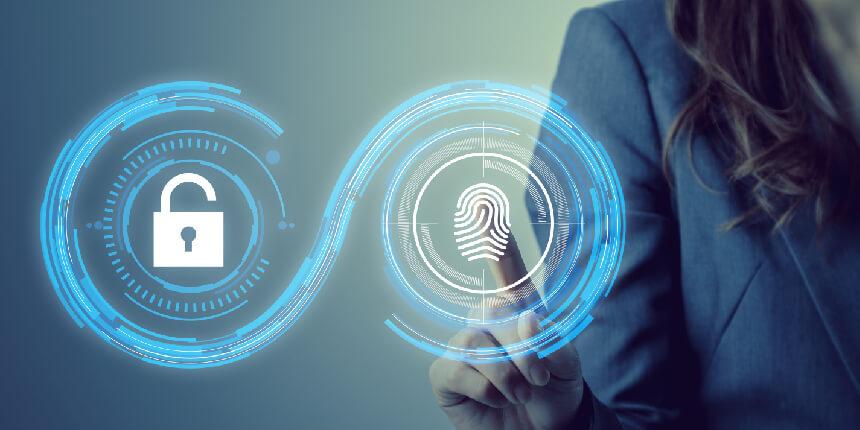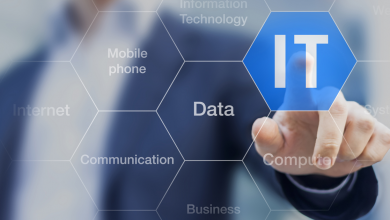Biometric Authentication: Industry Use Cases and Limitations

Index Of The Blog
Biometric authentication is the new normal in customer identification. It serves as a credible source for practising state-of-the-art Know Your Customer (KYC) standards which are essential for any organization. Based on unique physical attributes, biometrics verify an individual’s identity for authentication purposes. Since the biometric information corresponding to each person is different, it creates a safe and secure channel for identity verification. According to a study conducted on the size of the biometrics market, almost 65% of authentications performed by organizations and financial firms are composed of biometric solutions.
Financial firms and government departments are adapting to biometric services for improved security and smooth operations. A biometric authentication system incorporates fingerprint identification, facial recognition, retina and iris scanning, speech verification, and interpretation of digital signatures. With modern technology, biometric data is processed into digital information which is then processed using algorithms based on Artificial Intelligence (AI) and Machine Learning (ML). The data stored in the first place is compared against the biometric input collected at the time of verification.
Industry Benefits of Biometric Authentication
Biometric identification has applications in a wide range of industries specifically where real-time verification of customers and users is significant. A few of them are listed below:
Time Theft Detection
Employees who are not loyal to their work or have a bad habit of misrepresenting their work hours need to watch out for biometric security systems now. With recent advances in face biometrics, attendance systems for employees keep a watchful eye to increase work productivity and reduce time thefts. Proper time tracking of employees’ arrival and leaving the workspace helps maintain a proper record of their time.
The Medical Sector
A recent study indicates a 105% increase in biometric services in the medical sector. It is used to verify the identity of patients and keep it for record-keeping so that whenever a person comes to the clinic or a hospital his medical records could be readily accessed by the doctor or physician. Biometric systems help in better medical diagnosis, identification of donors, and creating a medical profile.
Academic Management
Biometric authentication also has applications in school management systems where maintaining attendance records of students and teachers is a common practice. It also keeps a record of work hours for teachers, and students’ arrival and leaving time from the school. Automated record-keeping of student identities significantly improves academic processes.
Finance Firms
Financial institutions and banking organizations are incorporating biometric services in their daily operations to perform customer identification and faster processing of user data. Biometric verification is essential in ensuring Know Your Customer (KYC) standards for customer satisfaction and company reputation. Research conducted by Cision PR Newswire states that almost 46% of the best mobile banking apps had a biometric authentication service enabled.
IT Sector
In the domain of Information Technology, innovating technology with modern biometrics seems a good bet. A popular example of biometric authentication is the unlocking of smartphones using the facial identity. According to a case study by Deloitte on mobile technology, biometric technology in mobile phones will increase to 70% in the year 2020, as compared to 5% in 2018.
Limitations of Biometric Authentication
Even though they are considered the best possible solution for identity verification, there exist certain risks when using biometric services. Some risks associated with biometric identification system are listed below:
Unauthorized Access
The biometric data stored on serves and online databases could get hacked and sensitive identity information of thousands of users being compromised. As a result, this privacy breach could result in a loss of customer loyalty and market reputation. In order to ensure secure biometric authentication, it should be within certain constraints.
Device Error
The verification device, if not working properly, could induce errors in proper identification since the validation status sent to the server could be incorrect in most cases. The main reason behind this could be device malfunctioning or failure to capture significant features.
To sum it up, biometric authentication provides KYC compliance and customer identification. Biometric services have applications in Medical, Finance, IT, and Academics.













